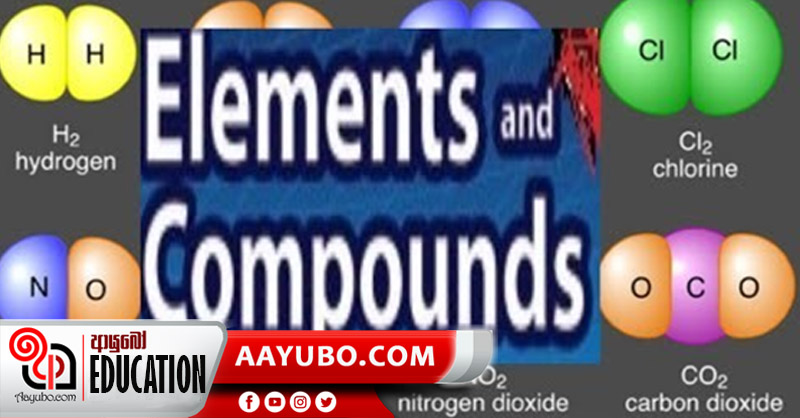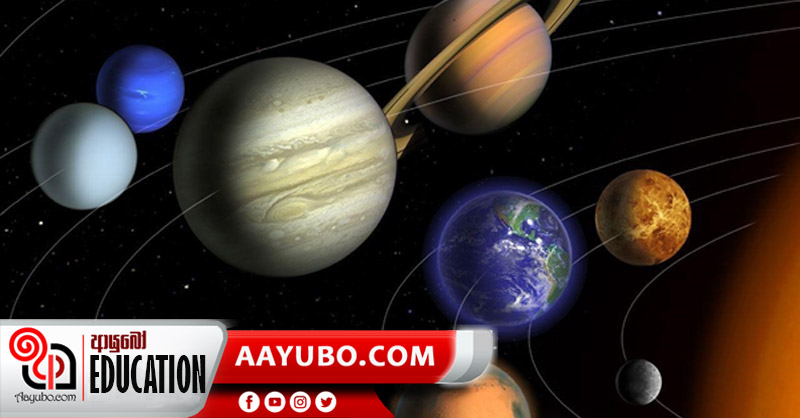Grade 8 Geography : Uniqueness of the Earth - Part 6

Revolution of the Earth and the related phenomena
The Earth moves around the sun along its orbital path and it is termed as revolution of the earth. Our planet takes exactly 365 days and 6 hours to complete it and we normally call this duration a year on earth. Have you ever wondered as to why we have a leap year with 366 days in every four years? What actually happens is, the additional 6 hours included in a year are tallied up to an extra day at the end of four years. Furthermore, we know that the earth is inclined at 23.50 (its axial tilt) as it revolves around the sun and this has led to the occurrence of equinoxes, solstices and seasonal changes at different periods within each year. If earth did not have its axial tilt, as it orbits the sun, there will be a fixed amount of sun light that falls on a particular region and there would not be any seasonal changes. Equinoxes can be cited as the days on which the sun is positioned exactly above the equator. This also makes both day and night equal (12 hours) in length. The equinoxes take place on the 21st of March and the 23rd of September every year. The equinoxes that occur on these two days are known by specific terms. The vertical equinox takes place when the sun is directly above the equator on the 21st of March and it indicates the beginning of the spring season. This is also known as the vernal or the spring equinox.
The autumnal or fall equinox occurs when the sun is directly above the equator on the 23rd of September and it portrays the beginning of autumn. Tropic of Cancer and the Tropic of Capricorn can be elucidated as two significant latitudes in addition to the equator. During the solstices, the sun light fall at the area marked by these two latitudes on the earth’s surface at 900. The sun is directly above the tropic of Capricorn on the 22nd of December and this is called the winter solstice. This can be elucidated as the shortest day (northern hemisphere) of every year and it indicates the beginning of the winter season. On this day, the southern hemisphere has the longest day and it marks the beginning of summer. The sun is positioned directly above the tropic of cancer on the 21st of June every year and we call it the summer solstice. This is the longest day (in the northern hemisphere) of the year and it indicates the beginning of summer. In the southern hemisphere, the exact opposite of the above takes place. It has the shortest day and this indicates the start of the winter season. Solstices and Equinoxes can be related to the seasonal changes that occur throughout a year on earth.
By Mekhala Egodawele
Photo source : Internet
451 Views








Comments